graphene
Latest

Egg whites could be key to removing microplastics from seawater
It could soon be possible to clear the oceans of microplastics thanks to a gel made from egg whites.

Elecjet’s graphene power bank is as exciting as a power bank can be
Elecjet's new 'graphene-enhanced' power bank promises to charge faster and last for longer than regular batteries. We tested it for a month to find out if that's true.
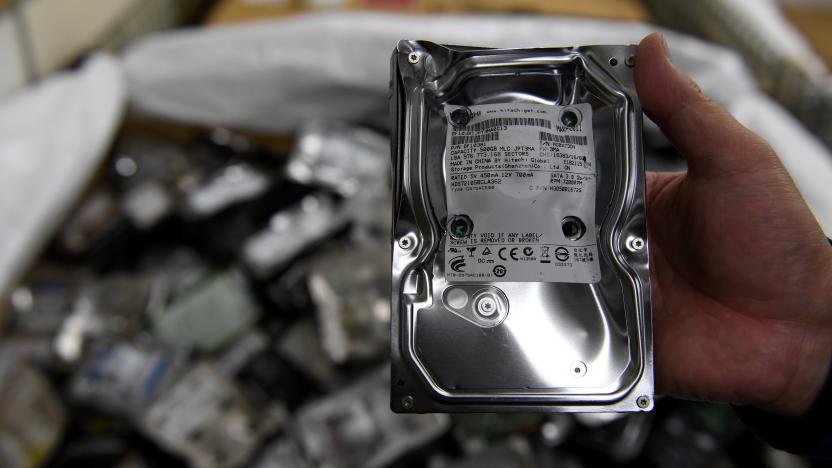
Graphene could allow hard drives to hold 10 times more data
Using graphene, everyone's favorite wonder material, they replaced the carbon-based overcoat (COC) on several hard drives.

Recommended Reading: NFTs before the hype took over
Recommended Reading highlights the week's best long-form writing on technology and more.

Researchers use graphene-lined clothes to deter mosquitoes
Graphene, the highly flexible supermaterial used to build solar cells (and perhaps one day foldable phones), is also a powerful mosquito repellent. A team of researchers at Brown University discovered that graphene-lined clothing not only is an effective physical barrier to mosquito bites, the carbon-based material also changes their behavior. The study, which was published this week in the Proceedings of the National Academy of Sciences, found that graphene blocked the chemical signals that draw mosquitoes to other living beings in the first place.

Scientists dupe infrared cameras with thermal camouflage
Scientists have created a graphene-based material that can outwit thermal cameras by masking hot objects. The film provides a layer of camouflage by appearing to match the ambient temperature, potentially making the object it's covering seem invisible to the cameras.

Graphene 'stimulation' could selectively kill off cancer cells
A chance lab discovery is opening up the possibility for wide-scale improvements in drug screening, application of selective painkillers, and selectively nuking cancer cells. The mystery material? Graphene, a semi-metal that's composed of a single layer of carbon atoms. It's already being used to make flexible OLED displays and reduce the energy costs of desalination, but its potential benefits for the medical field look promising too.

Graphene film makes dirty water drinkable in a single step
Every year, millions of people around the world die from drinking unclean water. Now, researchers have developed a process that can purify water, no matter how dirty it is, in a single step. Scientists from Australian research organization CSIRO have created a filtration technique using a graphene film with microscopic nano-channels that lets water pass through, but stops pollutants. The process, called "Graphair", is so effective that water samples from Sydney Harbor were safe to drink after being treated.
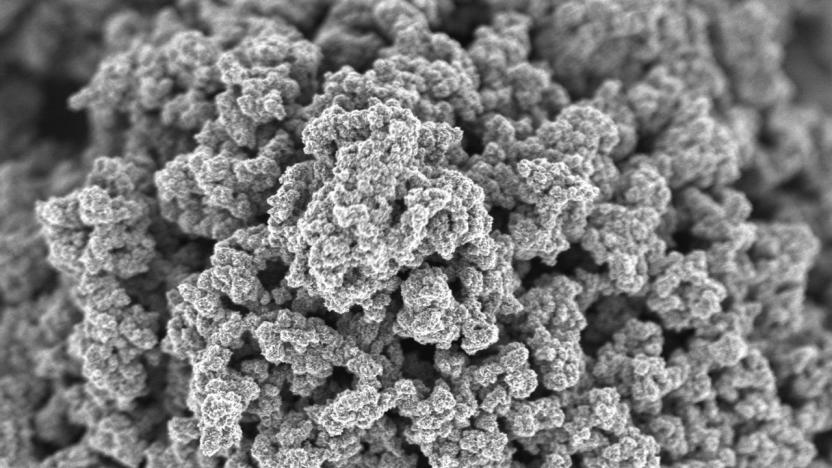
Samsung's 'graphene ball' battery could lead to fast-charging EVs
When it comes to lithium-ion batteries, you can have fast charging speeds or high capacities -- take your pick. Now, Samsung researchers, working with Seoul National University, have figured out how to give batteries both qualities thanks to our old friend, graphene. By coating the electrodes with a thin, popcorn-shaped layer known as a "graphene ball," they were able to produce a battery that could fully charge in just 12 minutes with up to 45 percent more capacity. The research, if it pans out, could lead to lighter and faster-charging electric vehicles.

Scientists use molecular 'sieve' to purify water
Researchers have taken a major step forward in making previously undrinkable water drinkable, therefore tackling one of the biggest challenges faced by the planet -- some 1.2 billion people lack access to clean drinking water (a number which is set to grow as populations increase). By modifying graphene oxide membranes, the international team of researchers has created what is essentially a molecular "sieve". The selectively permeable membrane lets some molecules through while trapping others behind, producing water at various levels of cleanliness suitable for drinking or for industrial applications.
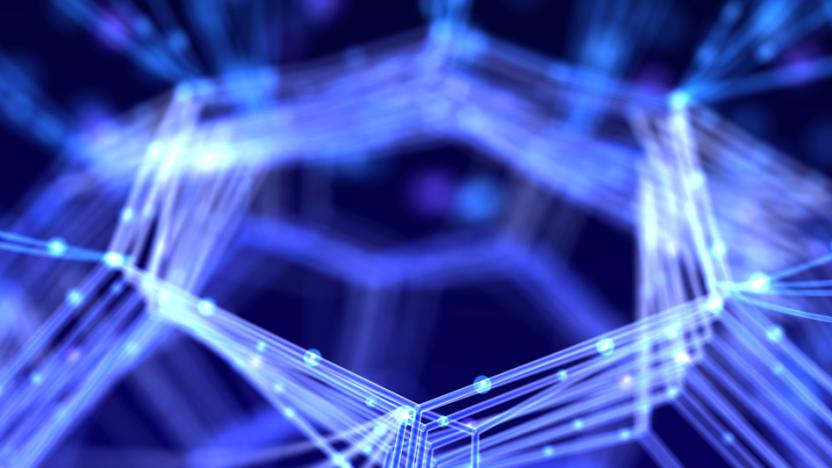
Prototype '3D' chip from MIT could eliminate memory bottlenecks
Future CPUs will have to deal with growing amounts of data, but all too often they are slowed down by bandwidth issues between the processor and RAM. A prototype chip built by researchers at Stanford and MIT can solve the problem by sandwiching the memory, processor and even sensors all into one unit. While current chips are made of silicon, the prototype processor is made of graphene carbon nanotubes, with resistive RAM (RRAM) layered over it.

Scientists have just created the thinnest magnet ever
In 2004, scientists made headlines when they constructed graphene, a layer of carbon that is so thin it's considered to be two-dimensional -- just one atom thick. Since then, 2D insulators, semiconductors and superconductors have followed, and now they may have made another breakthrough. In the latest issue of Nature, scientists report that they have created the first 2D magnet.
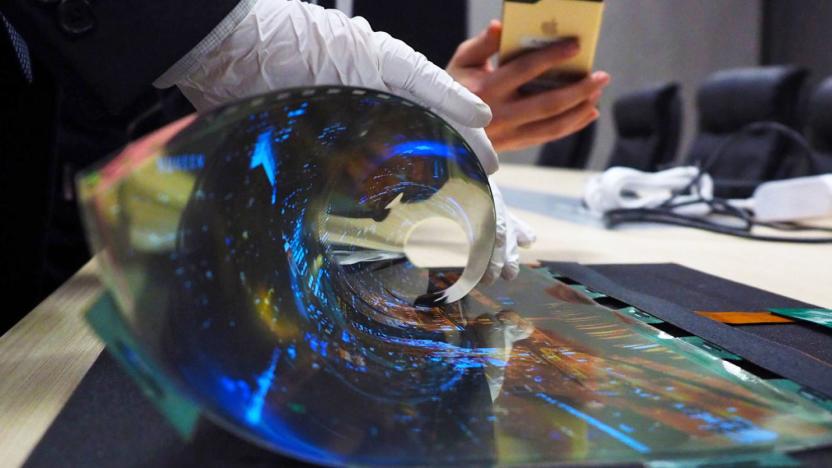
Graphene is the key to tougher flexible OLED displays
You can already find flexible displays in your phone or smartwatch, but there's a good reason you don't find them everywhere: the transparent electrodes in many OLED screens are too fragile to take a lot of abuse. That might change in the long run, though. South Korean researchers have made the first OLED panel that uses graphene for its electrodes. The hyped wonder material is both flexible and shouldn't chip, which is more than a little important for a display that you're going to bend and twist. This will ideally lead to displays woven into your clothes, or next-generation wearables that can take a lot of punishment.

Graphene sieves are a cheaper way of making saltwater drinkable
A graphene-based sieve developed by a team of researchers from the University of Manchester could give millions of people access to clean water. See, it's highly efficient in filtering the salt out of saltwater and could lead to a less energy-intensive desalination process. The team's sieve is made of graphene oxide, an oxidized form of the material that could be easier and cheaper to produce in large quantities than the typical graphene.
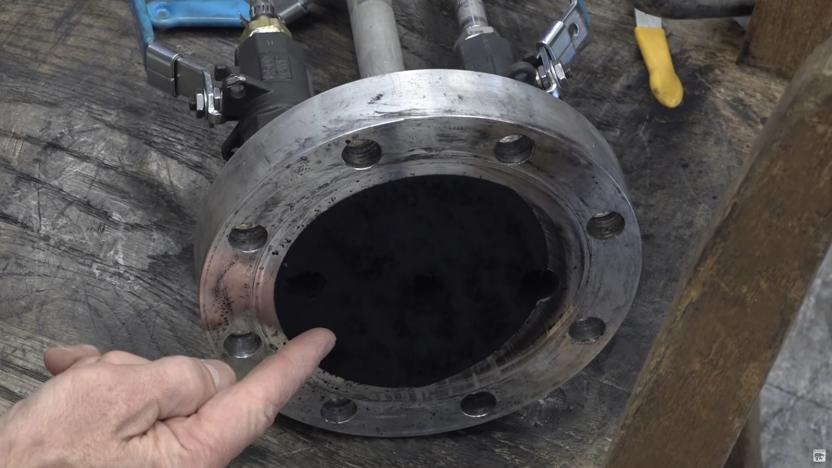
Explosions may be the answer to mass-producing graphene
Graphene is difficult and expensive to mass produce, but while trying to make something else altogether, Kansas State University (KSU) scientists may have lucked into a promising technique. The team was attempting to make carbon soot aerosol gels by detonating acetylene gas and oxygen with a spark plug. That yielded soot resembling "black angel food cake," according to lead researcher Chris Sorensen. It proved to be graphene, a discovery that could pave the way for cheaper manufacturing of lightweight but incredibly strong materials, superconductors, and more.
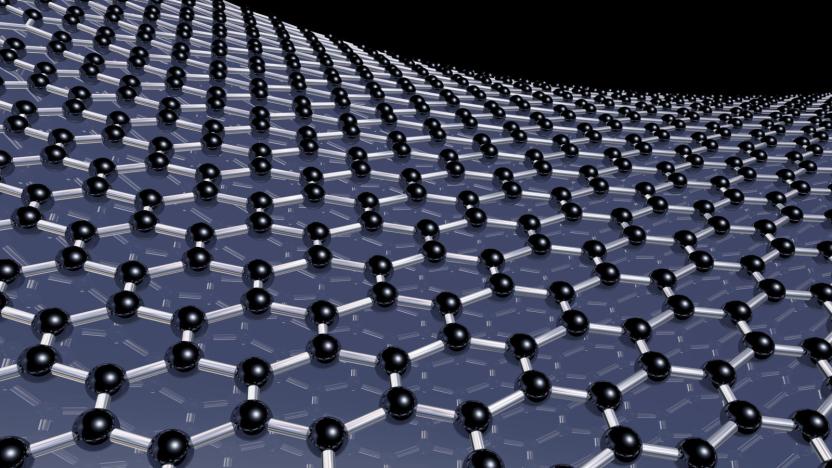
Researchers make a graphene superconductor
Graphene is the miracle cream of the physics world, with scientists all across the globe looking to unlock its powers. Researchers at the University of Cambridge believe they've found a way to transform the substance into a superconductor. Superconductors are nothing new, of course, but they normally have to be cooled to very low temperatures to be effective. In this experiment, however, the materials were left at the current temperature. Now, like so many graphene projects, it's still early days, but if it works, it could up-end the way we build electronics forever.

MIT's 3D graphene is ten times stronger than steel
An awful lot of ink has been spilled about how graphene is going to basically save the world with its myriad applications and powers. But chances to actually see evidence of how and why the hexagonal lattices are so strong in a life-size way have been few and far between. The Massachusetts Institute of Technology has changed that. The school's latest experiment uses graphene material that's 5 percent as dense as steel and ten times the metal's strength, showing what's possible when the composite is more than just a flat sheet.

Your next heart monitor could be graphene-coated Silly Putty
For a child's toy, Silly Putty has some downright crazy physical properties. The mixture of boric acid and silicon oil, originally developed as a synthetic replacement for rubber, is a non-Newtonian fluid. Its viscosity isn't affected by temperature, but rather external force -- that is, its rate of flow depends on how hard you push or stretch it. And while its original inventors were content to leave it as a plaything, a team of researchers from Trinity College in Dublin, Ireland are about to put it to work in the medical field.

Six amazing uses for the wonder material graphene
By Cat DiStasio Graphene is a super-strong, ultra-lightweight material that's led to scores of technological innovations in recent years. It consists of bonded carbon atoms formed into sheets that measure just one atom thick. The material's strength to weight ratio makes it ideal for all sorts of applications ranging from desalination filters that produce clean drinking water to batteries that charge up in seconds, and even next-gen LED bulbs. Graphene is even being used to make solar cells produce electricity in the rain, leading us to believe the most amazing graphene-based gadgets have yet to come.
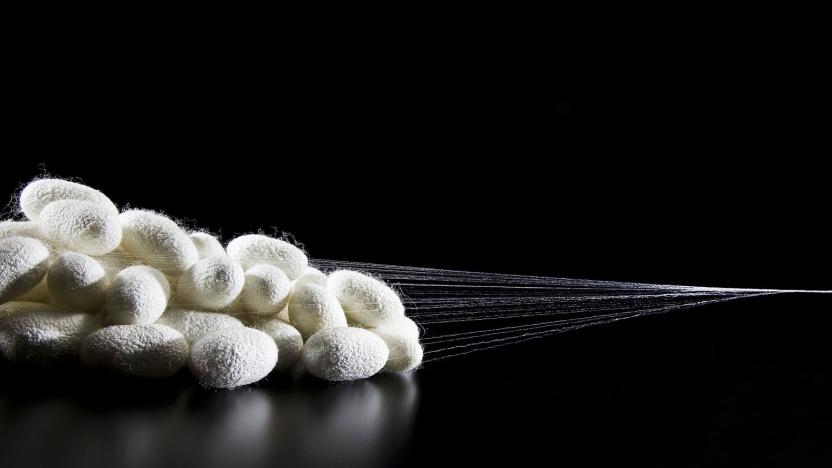
Graphene-fed silkworms can spin super threads
Turns out graphene, the wonder material with so many potential applications, is also the secret sauce to making tougher silk. A team of scientists from Tsinghua University in Beijing successfully created silk that's twice as tough simply by feeding the material to silkworms. In order to do so, they coated leaves with a solution that contains either carbon nanotubes or graphene. Carbon nanotubes are essentially rolled up graphene, which is a single layer of tightly packed carbon atoms. The researchers opted for the feeding method, because it's much simpler and more environmentally friendly than treating the final product in chemicals.















